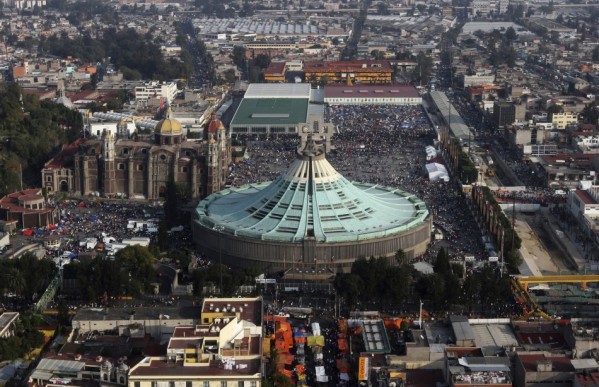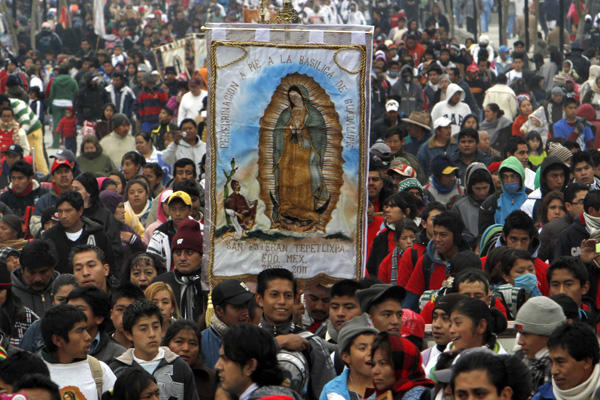Arturo Sandoval is expannding his audience…
The 67-year-old Cuban jazz trumpeter, pianist and composer’s bullfighting song, “La Virgen de la Macarena,” continues its olé-worthy run on Billboard’s Latin Digital Songs chart.

Sparked by the 2003 track’s use an iPhone 7 ad, it currently ranks No. 2 on the chart, right behind right behind Shakira and Maluma’s hit “Chantaje.”
The Apple spot, “Dive,” was shot in Barcelona and features a virile man of a certain age who bears a winking resemblance to Pablo Picasso, who continued to seduce young muses in his senior years.
The week before the Apple ad debuted in early November, Sandoval’s “La Virgin de la Macarena” sold 5 downloads. In the commercial’s first week, the track sold 1,362 downloads.
The song had 35,000 Shazam tags in November, and a total of 6,000 downloads sold and 83,000 streams.
“La Virgen de la Macarena,” also known popularly as “the bullfighting song,” is a classic paso doble, a rousing piece of sonic bravura synonymous with the bullring. Written by Spanish composers Bernardo Bautista and Antonio Ortiz, it has been covered by artists including Paco de Lucia, Trio Los Panchos, Maynard Ferguson and Canadian Brass, but was first widely popularized through a recording of the piece by Mexican trumpeter Rafael Mendez.
The Virgen de la Macarena of the song is a statue of the Virgin Mary that resides in the cathedral in Seville, Spain. La Macarena has historically been closely associated with matadors and bullfighting. In 1920, the Virgen was dressed all in black to mourn the famous bullfighter Joselito, who died after being gored in the ring.
Sandoval’s version of “La Virgen de la Macarena” was included on his 2003 album Trumpet Evolution, an homage to great jazz trumpet players that also includes the Chet Baker classic “My Funny Valentine” and “’Round Midnight.” The album was released by Emilio Estefan’s Crescent Moon label.
“La Virgen De La Macarena” had its biggest week in the time frame ending November 24, when the song sold 2,200 downloads, a 96 percent increase from the week prior. It was streamed 23,000 times, an 84 percent increase from the week before.
The latest chart (for week of January 21) marks the track’s peak at no. 2 on the Latin Digital Song Sales chart, with 3,013 downloads.
The “Dive” ad currently has over 4 1/2 million views on YouTube, and thanks to Apple, new fans of “La Virgen de la Macarena” who may have never been anywhere near a bullring have discovered its brassy, dramatic appeal.
“I’m playing this song right before I do anything!” wrote one customer in the comments on the song’s Amazon Music page.


